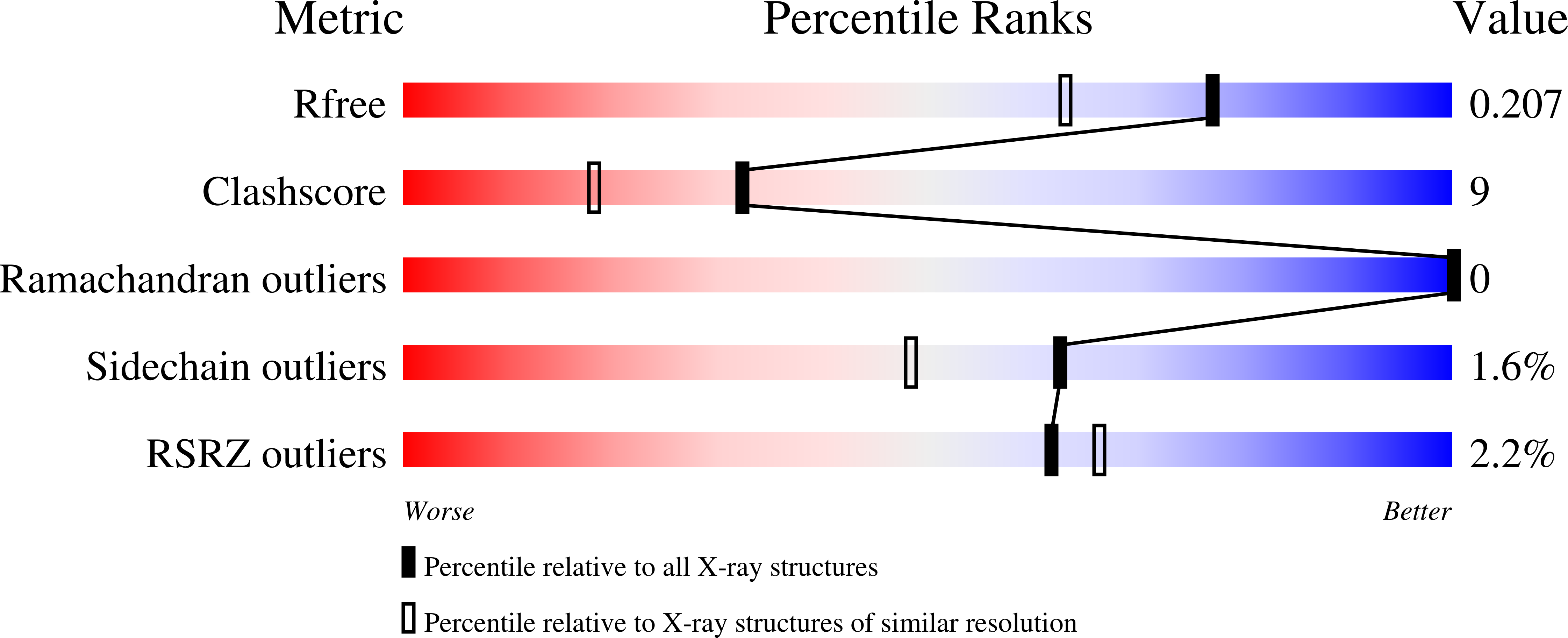Ancestral sequence reconstruction dissects structural and functional differences among eosinophil ribonucleases.
Tran, T.T.Q., Narayanan, C., Loes, A.N., Click, T.H., Pham, N.T.H., Letourneau, M., Harms, M.J., Calmettes, C., Agarwal, P.K., Doucet, N.(2024) J Biol Chem 300: 107280-107280
- PubMed: 38588810
- DOI: https://doi.org/10.1016/j.jbc.2024.107280
- Primary Citation of Related Structures:
7TY1, 8F5X, 8G9A - PubMed Abstract:
Evolutionarily conserved structural folds can give rise to diverse biological functions, yet predicting atomic-scale interactions that contribute to the emergence of novel activities within such folds remains challenging. Pancreatic-type ribonucleases illustrate this complexity, sharing a core structure that has evolved to accommodate varied functions. In this study, we used ancestral sequence reconstruction to probe evolutionary and molecular determinants that distinguish biological activities within eosinophil members of the RNase 2/3 subfamily. Our investigation unveils functional, structural, and dynamical behaviors that differentiate the evolved ancestral ribonuclease (AncRNase) from its contemporary eosinophil RNase orthologs. Leveraging the potential of ancestral reconstruction for protein engineering, we used AncRNase predictions to design a minimal 4-residue variant that transforms human RNase 2 into a chimeric enzyme endowed with the antimicrobial and cytotoxic activities of RNase 3 members. This work provides unique insights into mutational and evolutionary pathways governing structure, function, and conformational states within the eosinophil RNase subfamily, offering potential for targeted modulation of RNase-associated functions.
Organizational Affiliation:
Centre Armand-Frappier Santé Biotechnologie, Institut national de la recherche scientifique (INRS), Université du Québec, Laval, Quebec, Canada.

















